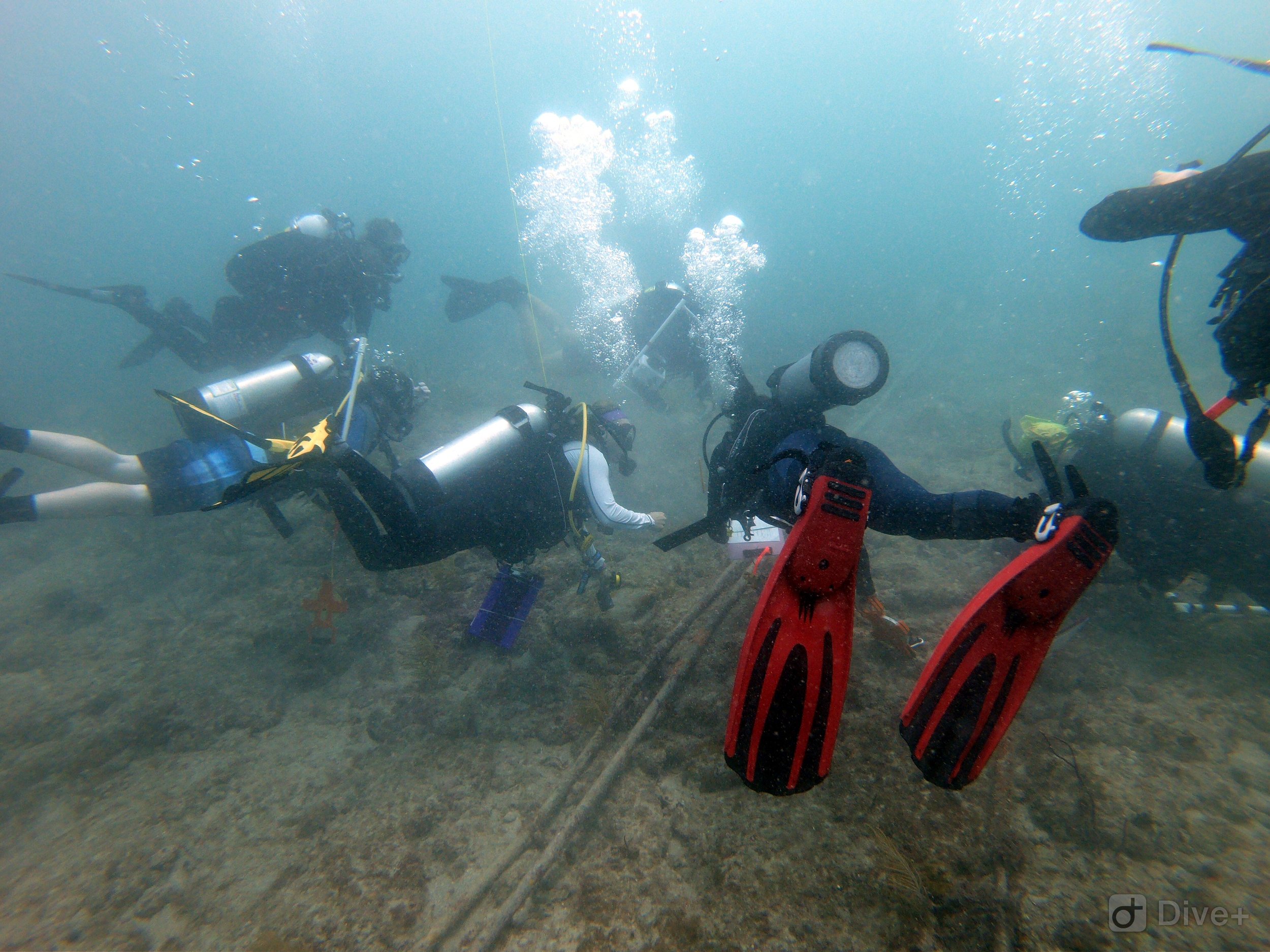Citizens in Ocean Science (COS)
BY DANA TRICARICO
The term and the practice of “citizen science” is up and coming… but what does it mean? And how can you apply it to your own field of marine research?
As both a scientific diver and a marine science communicator, I have experience navigating the realities of public engagement when it comes to communicating marine threats beyond the typical marine debris awareness. I live near the Florida Reef Tract- the third largest reef tract in the World and am often engaged in educating the public about threats towards this ecosystem. Because the Florida Reef Tract provides ecosystem services and economic values linked to tourism, many visitors and residents of South Florida are completely unaware that it is disappearing before our very eyes. It’s no secret that this is happening because of coral bleaching and disease, but the silent killer is the turbidity associated with construction and the dredging of major ports.
How did I decide to bring to light these coral related issues? Through citizen science – ecological scientific research conducted with the help of the general public alongside trained scientists. The overarching goal with citizen science projects is to further scientific research while using the opportunity as a platform to educate the public. You may have also heard the term “BioBlitz” associated with this form of data collection. This is a way to create a larger event out of citizen science, with an attempt to document all living species within a specific area over an allotted period of time.
This form of scientific outreach comes in many forms spanning from data collection on phone apps (see iNaturalist), water quality sampling (see EarthEcho International), and even coral surveys and restoration (see Rescue a Reef). Each approach begins with varied levels of training by scientists to the public involving data collection and sampling procedures, and many collect their data through a global online database!
I created my very own “BioBlitz” citizen science event in the summer of 2018 with the hopes of documenting coral health baseline data before dredging of an international shipping port nearby threatened to smother these corals. In partnership with a local dive shop, my organization trained twelve recreational divers to be our citizen scientists by teaching them coral species identification and benthic monitoring techniques. Each citizen science diver was paired with a highly trained scientific diver and completed coral surveys at two dive locations near the site of the planned dredging project. Participants identified more than 100 colonies of federally protected coral species on these dives. This event was a huge success because not only did members of the general public become more informed about local species and environmental threats, but their data of living coral will be included in comments to federal agencies charged with oversight of that specific dredging project.
Ok, so you love the idea… but how do you implement it in your own pocket of the World?
1.) Choose a project that can be explained to average people (ie. People with NO science background).
2.) Choose a survey method that can be easily explained. In my project, I chose a simple transect method, telling divers to only document species within a meter on each side of that transect.
3.) Host a training so that citizen scientists feel comfortable, safe and confident in the data collection process.
4.) Test the process of steps 1-3 with someone outside of the STEM field to see if it makes sense. Remember, as scientists who work in this field every day, aspects of research that seem easy to us may not be the same for all audiences.
5.) Make sure to have back-up documentation, like photographs or videos, to check the accuracy of the data after the event.
6.) If you’re new to this and want to start by attending a pre-organized citizen science initiative, join in a citizen science movement that is already happening! The City Nature Challenge is a good place to start in your search.
Now, get out there and have some nerdy scientific fun with the public!




